Chicken poo can tell you a great deal about the birds’ health
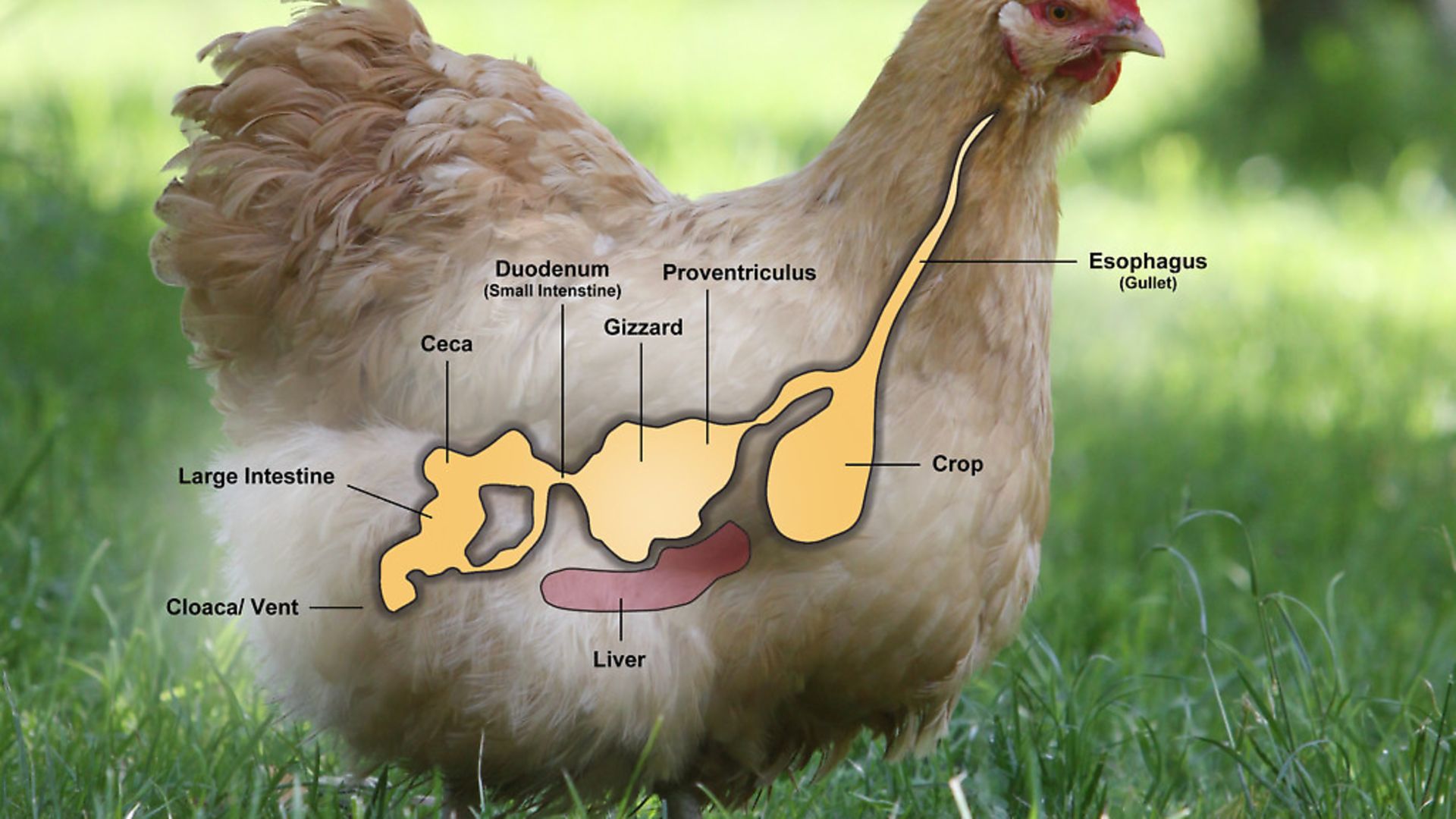
Do you give chicken poo a second thought as you scrape it into your bucket each morning? Did you know that a chicken’s poo is an important indicator of their health and can be one of the first signs of illness?
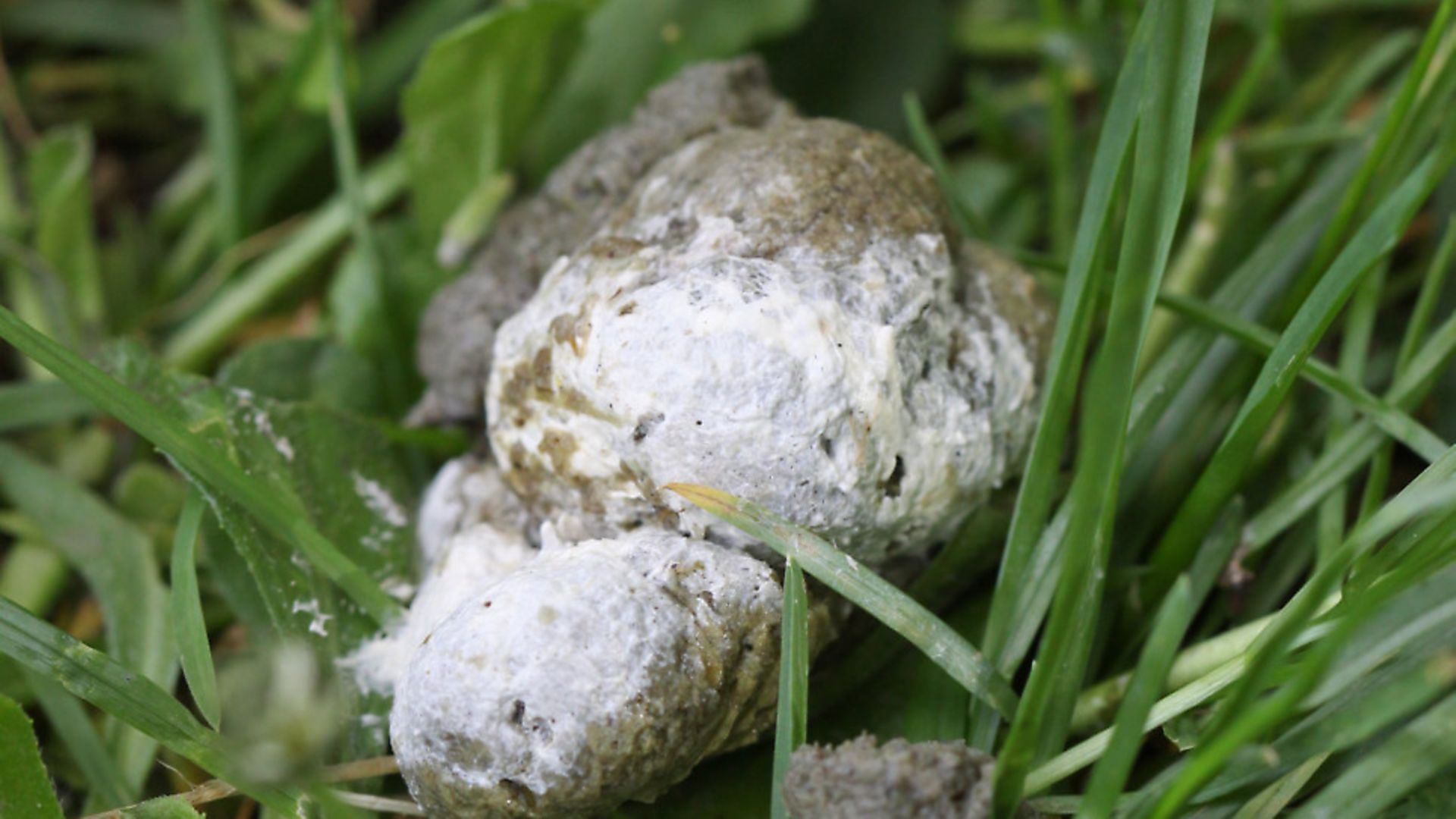
‘Normal’ chicken poo can range from brown to green to yellow or even black and all shades in between. A good henkeeper has to develop a good sense of poo identification to know the ‘normal’ from the ‘abnormal’ in their flock. You’ll find that the range of ‘normal’ varies between hens, their diet, the time of year, climate and their overall health.
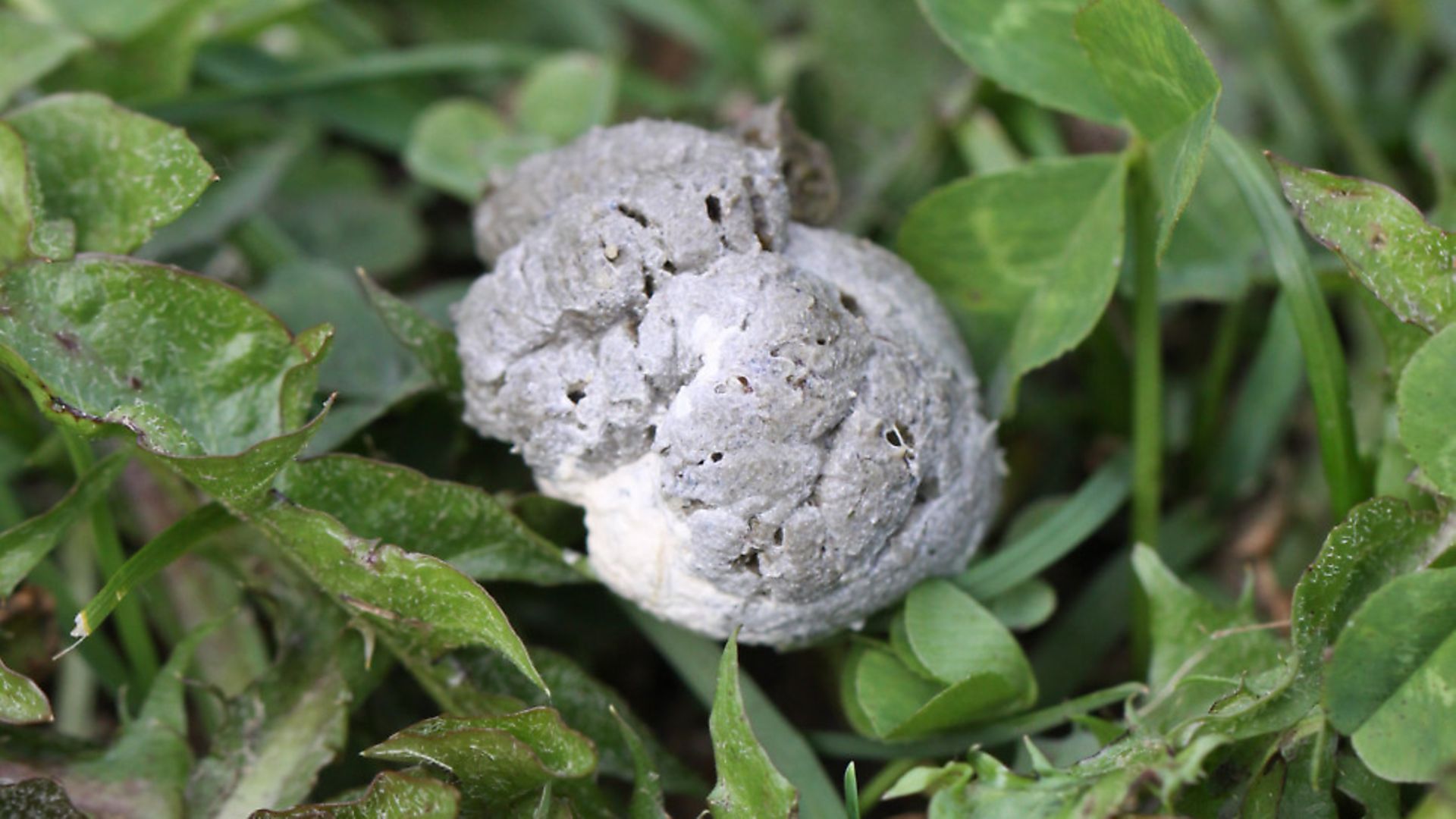
Understanding how a chicken’s digestive system works can help you appreciate the end result! Here’s how it works:
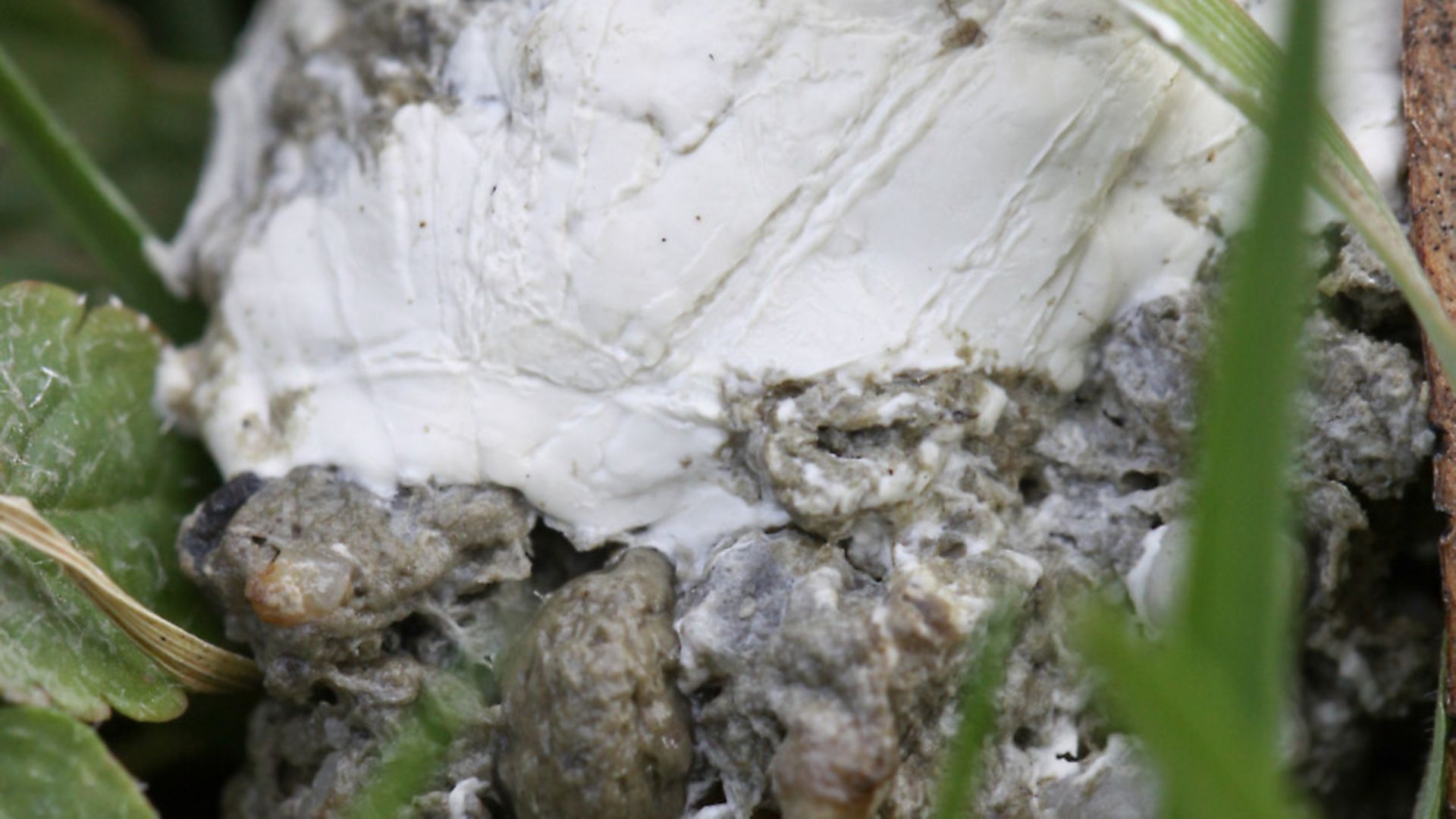
Food and water is taken in with beak. Saliva and digestive enzymes are added as the food and water moves from the mouth down the oesophagus and into the crop, an expandable temporary storage compartment where it can remain for up to 12 hours. The food then trickles into the stomach (proventriculus). More digestive enzymes are added as the food moves into the gizzard (ventriculus), the muscular part of the stomach that uses grit or small stones eaten by the chicken to grind the food into smaller, more digestible particles.
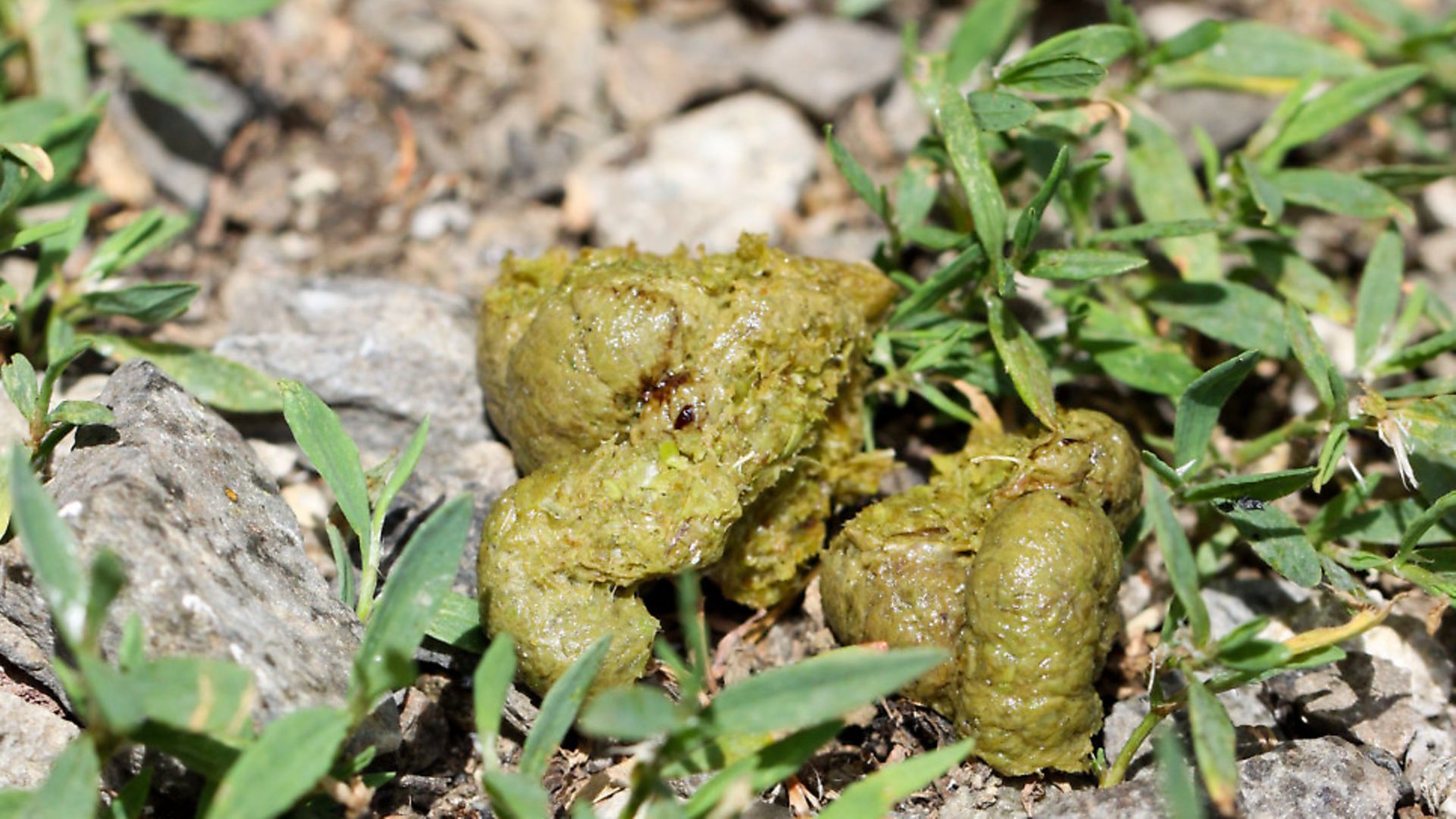
From the gizzard, food passes into the small intestine where nutrients are absorbed. Any residues then passes through the ceca where bacteria help break down undigested food. The ceca empty out their foul smelling contents several times a day.
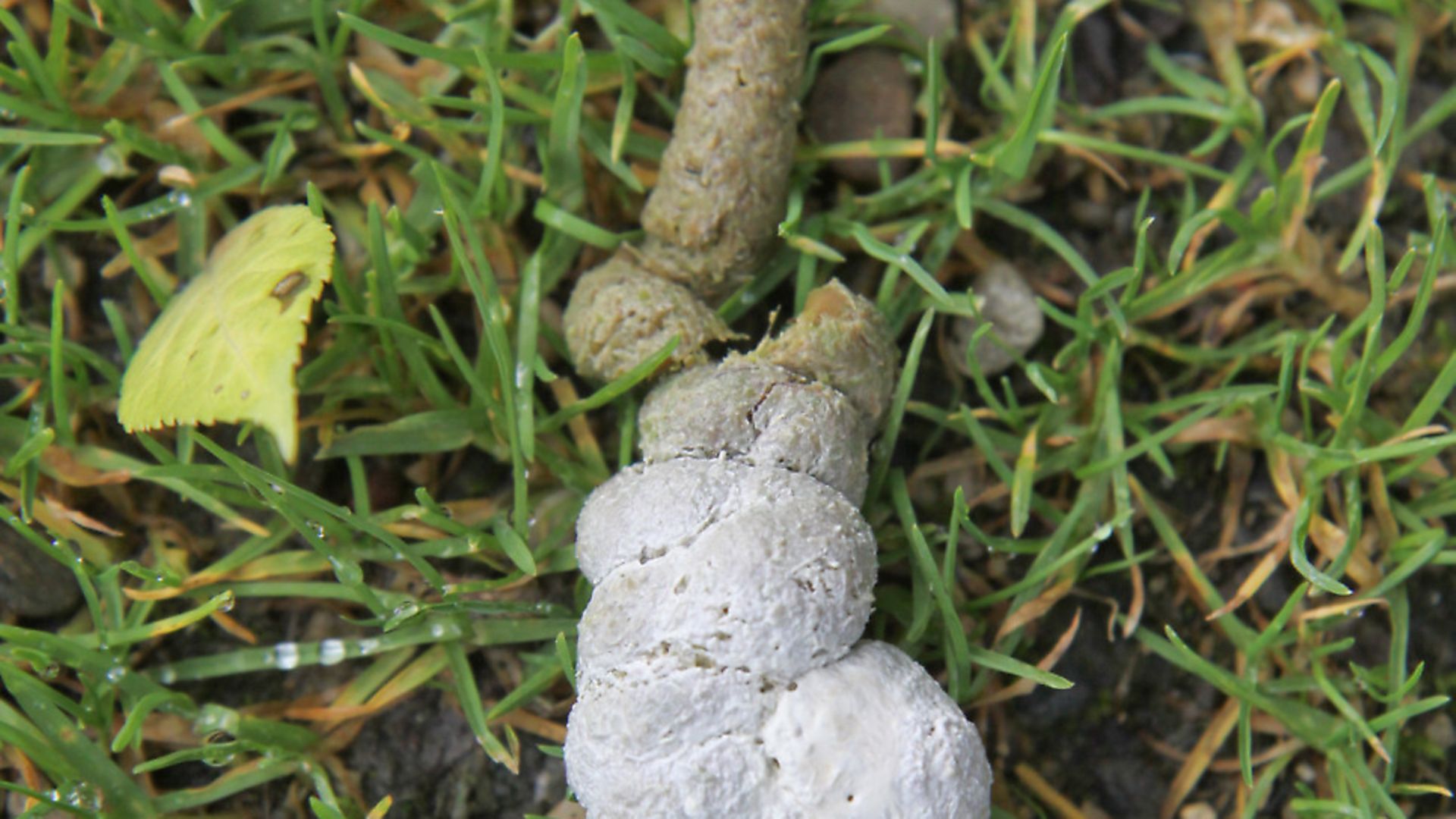
Waste and undigested food from the intestines are mixed with urates in the cloaca and eliminated from the body as poo through the hen’s vent. Chickens do not pass urine in the same way as humans and other mammals; instead they eliminate waste products from the urinary system in the form of urate, the white ‘cap’ on the faeces.
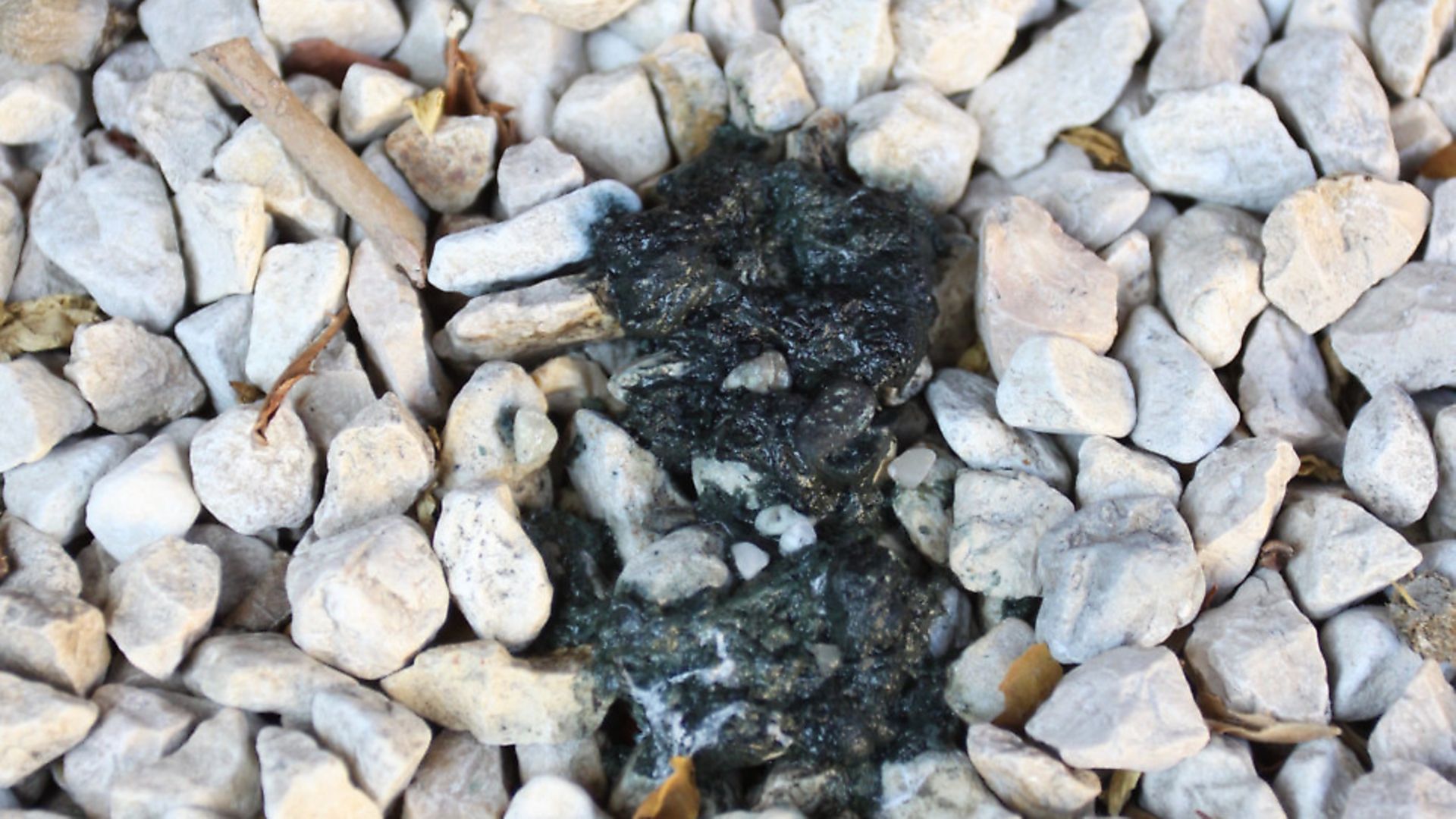
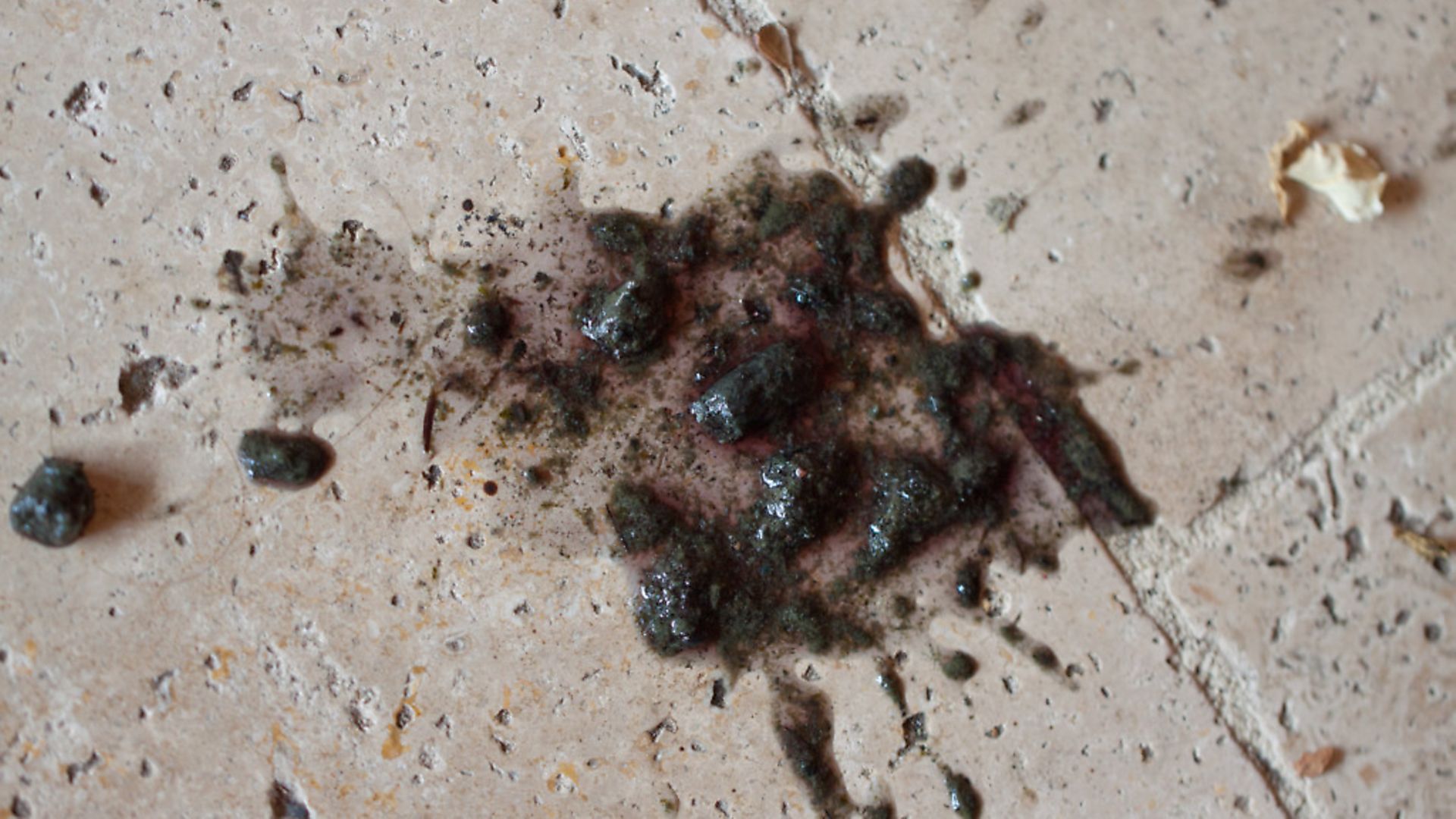
Types of droppings
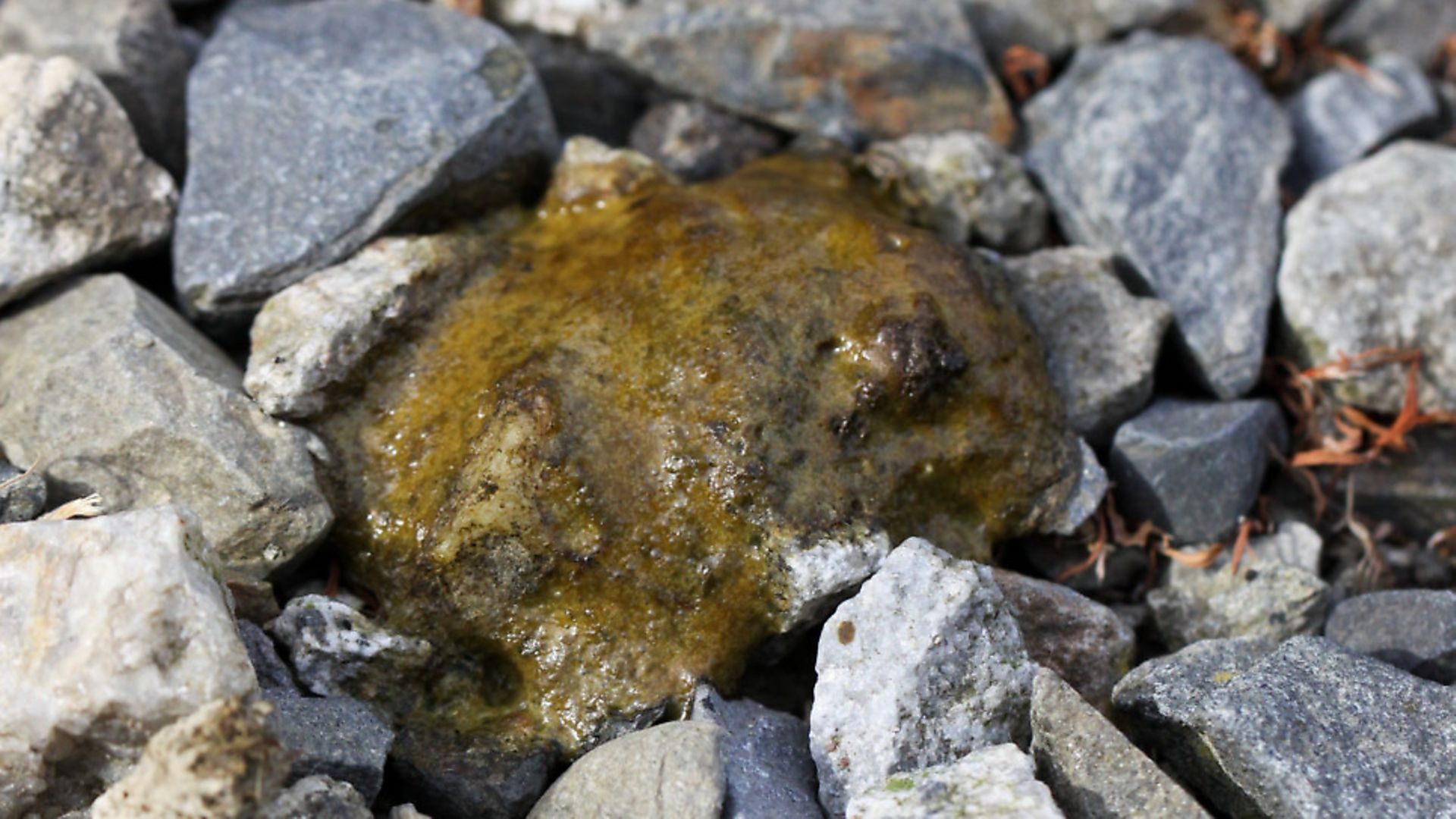
‘Normal’ droppings consist of faeces and urates. Digestive waste is the solid brown or greyish portion of the poop that’s usually firm enough to hold its shape. The faeces are capped with white urate. A healthy chicken passes this ‘normal’ poo around 12 to 15 times a day, including at night.
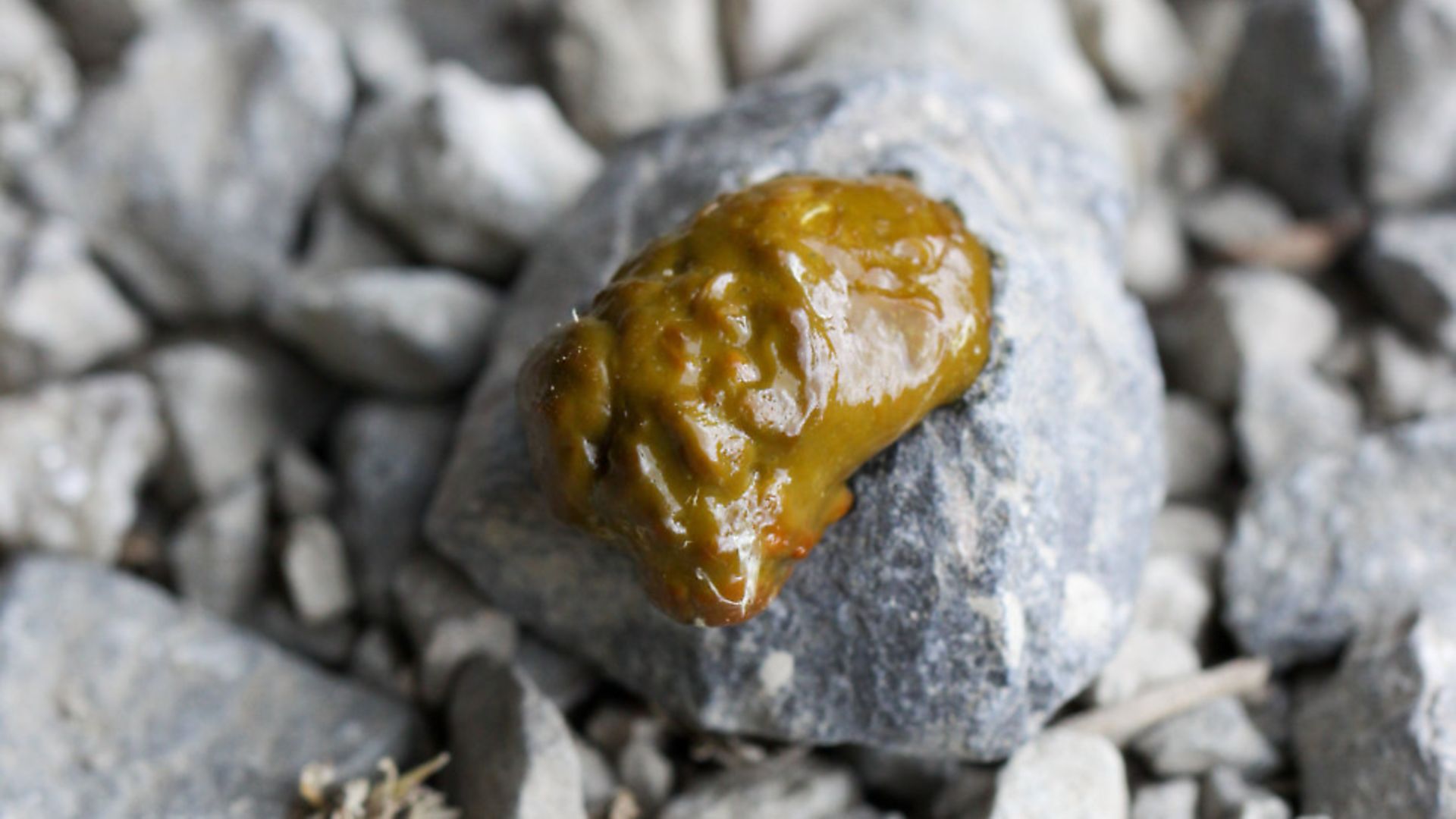
If your hens free-range and have a diet high in grass, weeds and leafy green treats, you may find that green poop is ‘normal’ for your flock.
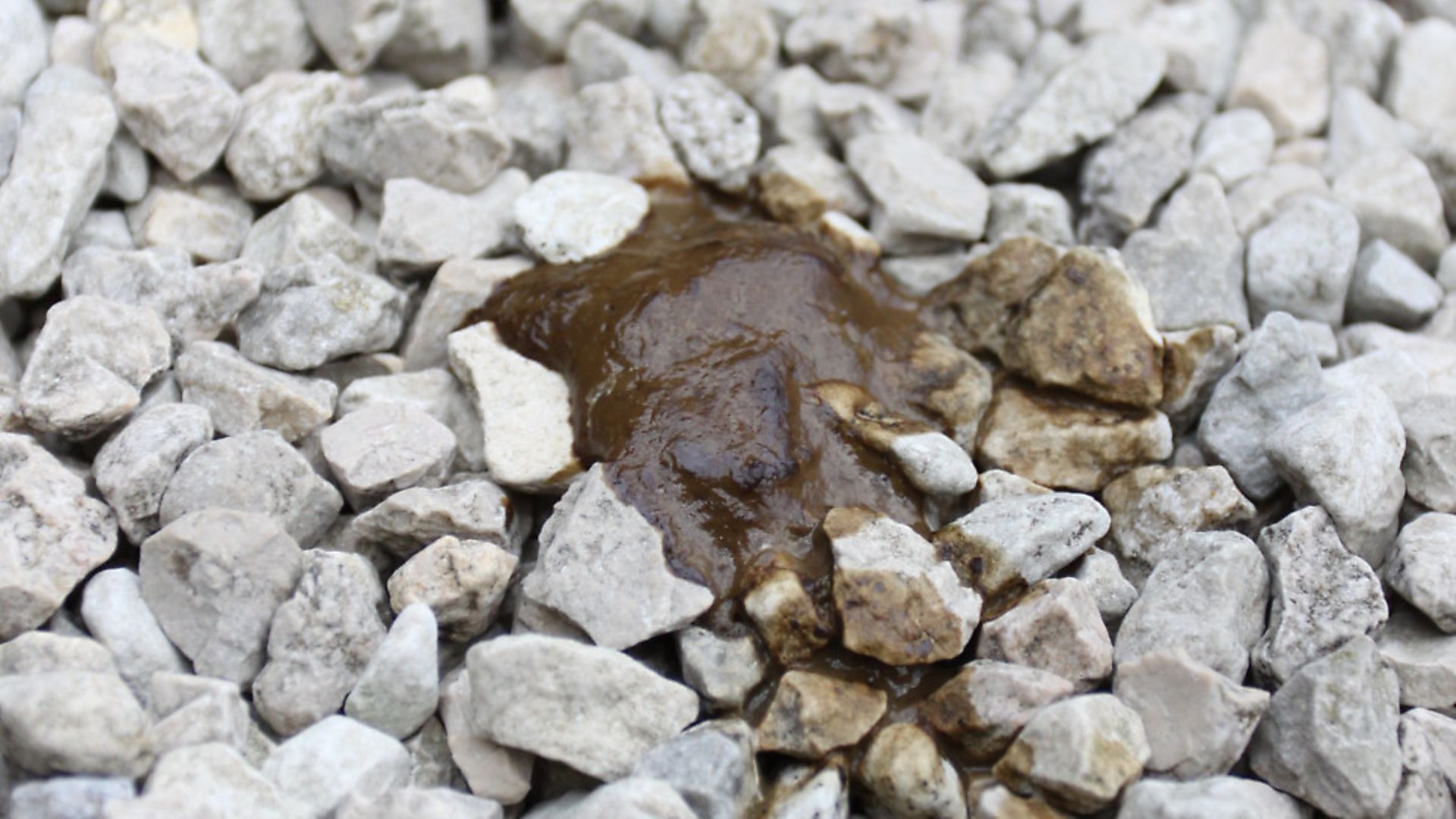
In hot weather, don’t be surprised to find your chickens passing watery poo as they increase their water intake to help them cool down. Eating lots of water-based foods, such as watermelon or cucumbers, will produce watery droppings too.
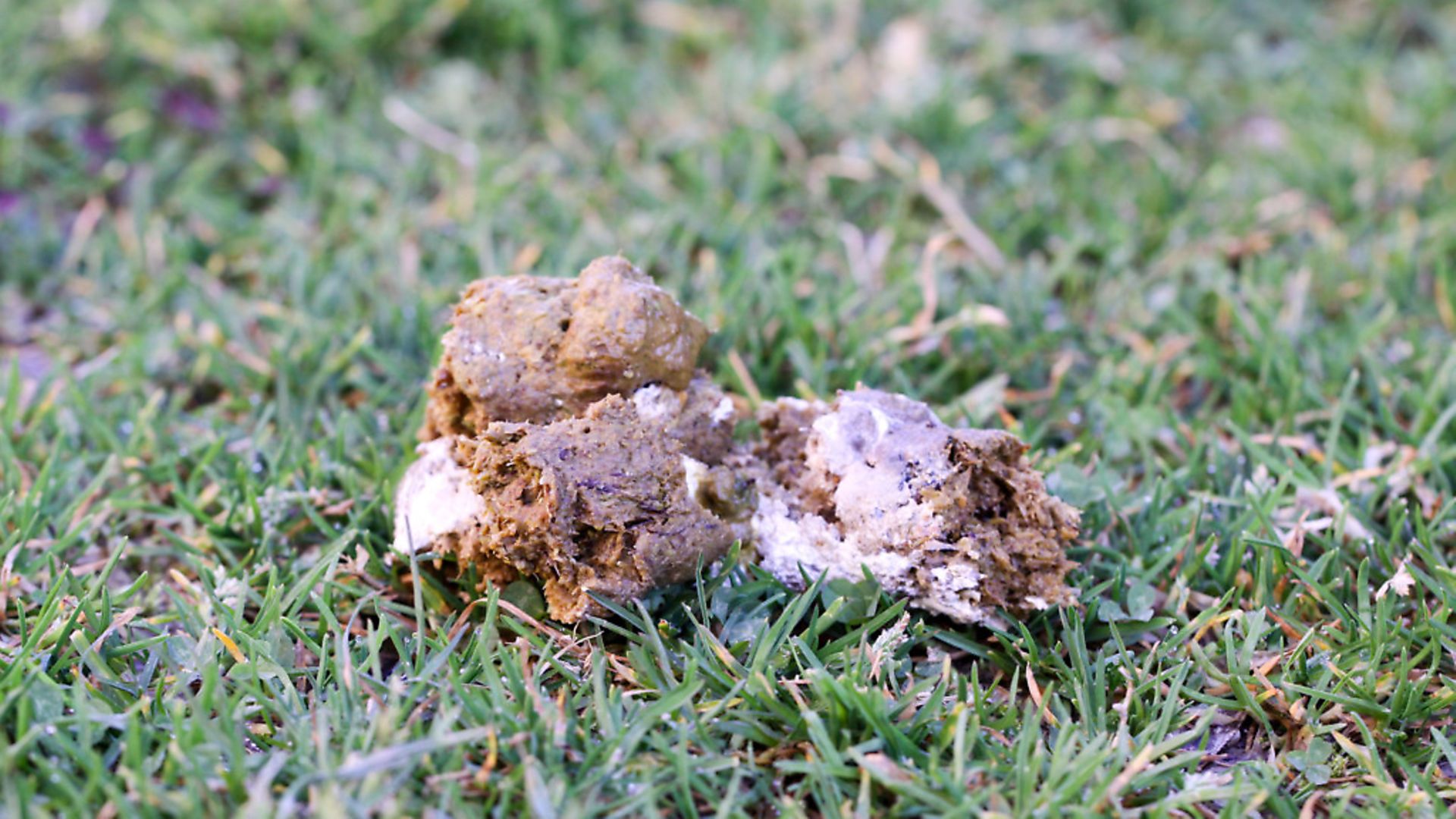
Chickens that are under stress produce more liquid than usual as stress increases blood pressure. So, if you chase a hen or pick her up without warning, she may release a runny poo!
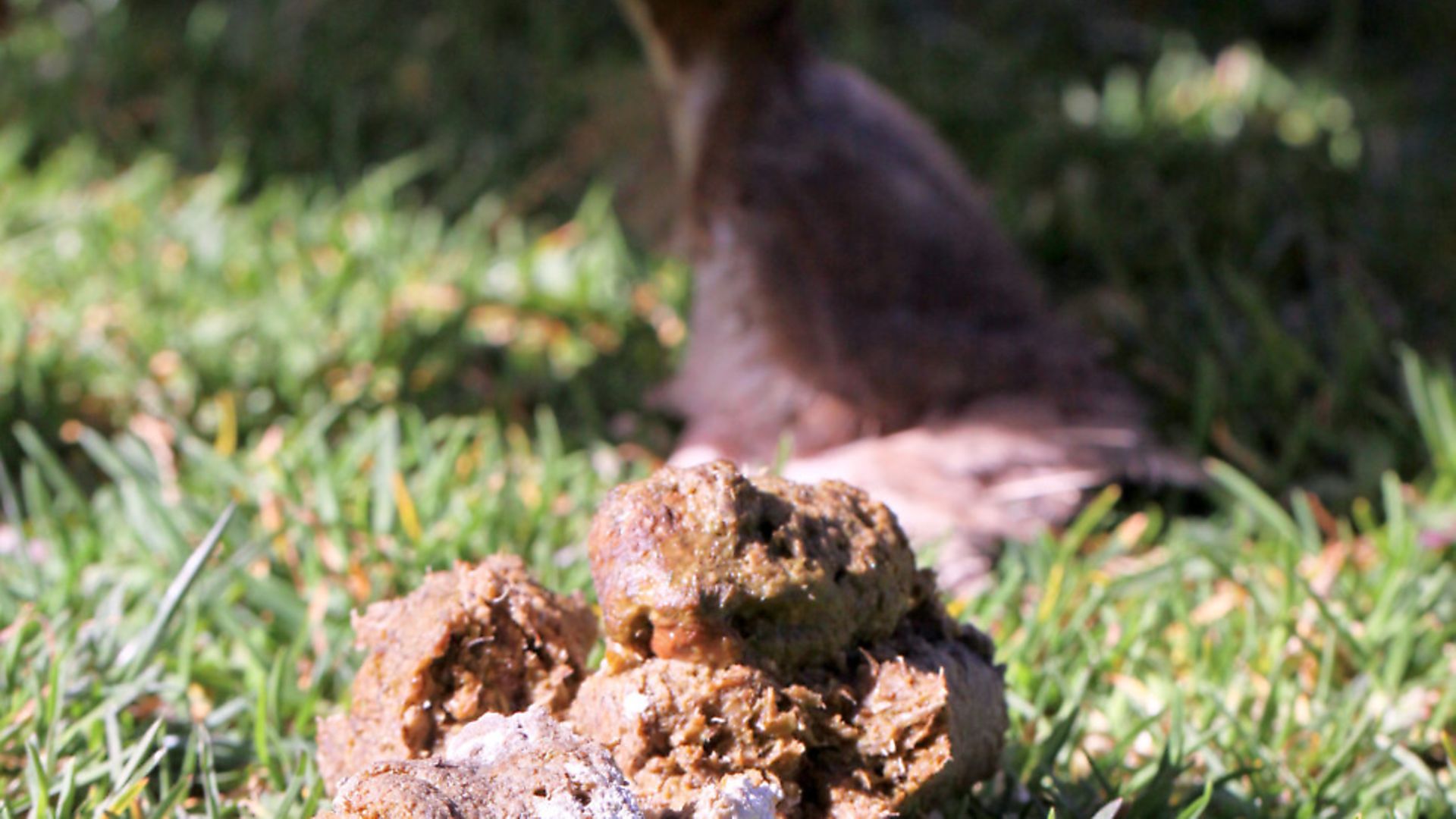
Black droppings could be the result of eating dark purple foods such as blackberries or elderberries.
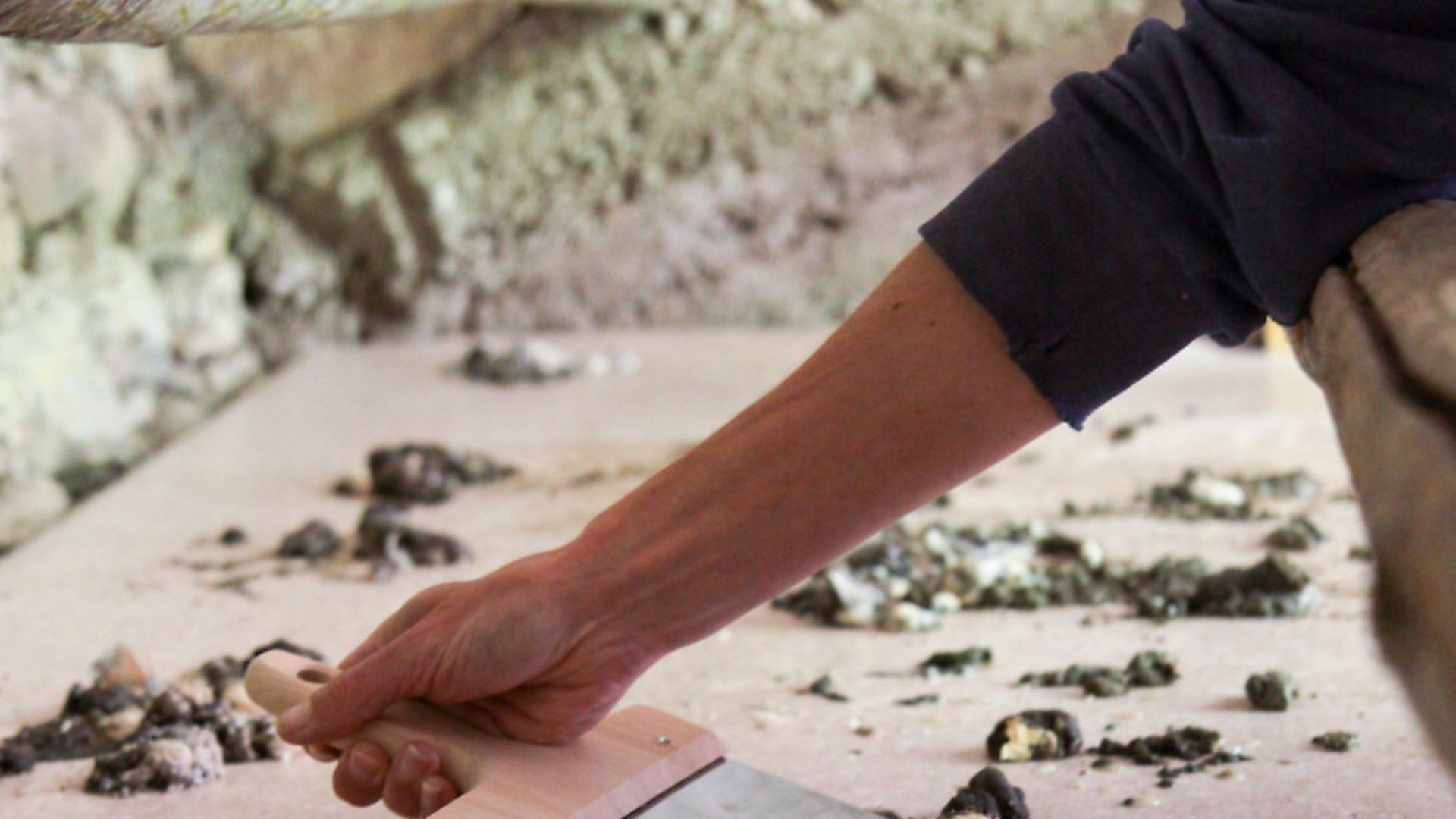
Cecal poo can be anything from mustard to dark brown in colour and are expelled every eight to 10 droppings. Cecal poo are generally thicker and stickier than ‘normal’ poo and often lack the white cap. They have a particularly foul smell — from personal observation, the darker the poo the more obscene the smell! As unpleasant as it may be, cecal poo is a good indication that the digestive tract is working properly.
You may find a dropping with small amounts of red tissue. It looks alarming but is perfectly normal and is just your hen shedding intestinal lining that constantly regenerates. Large amounts of blood are not normal and should be investigated further.
A broody hen will sit tight on her nest in the hope of hatching eggs. Not wishing to foul her nest, she retains her droppings throughout the day instead of the usual frequent deposits. When she does leave the nest to eat, drink and relieve herself, she leaves behind a very large green or brown unpleasant looking and vile smelling poo. This is perfectly ‘normal.’
Worms
Worms found in a hen’s poop means that she has a worm infestation and should be medicated appropriately. It’s important to treat the whole flock as worms can easily spread from bird to bird.
Good husbandry can help prevent worms in your flock by ensuring that:
• The litter in the coop is changed regularly;
• Wet and muddy conditions are avoided as worms thrive in swampy environments;
• The grass that your chickens use is kept mowed short. Freshly mowed grass exposes dormant worms to UV rays which will kill the parasites.
Diarrhoea generally has a runny and greasy consistency and is often yellow or mustard in colour. It can simply be the result of your hen feasting on something that doesn’t agree with her stomach. If it is a regular occurrence, it should be investigated further as it could be a sign of internal parasites such as worms.
Installing droppings boards below the roosts allows the nightly poo to be caught instead of being lost in the litter. Scraping the droppings boards down daily allows the hen keeper to observe anything abnormal. If you know the usual roosting positions of your flock, you can quickly detect which hen is likely to be ill.
When abnormal droppings are found, it’s important to note whether it is an isolated incident or one that is recurring. You should take into account changes in weather temperature, change of diet etc. as well as monitoring the hen for other symptoms that may signify illness such as weight loss, loss of appetite, lethargy, increased thirst, drop in egg production or sullen appearance. If additional symptoms are established, the cause needs to be determined and treated appropriately.
By monitoring your hens’ outputs, you can often get an early indication that something is wrong. Be sure that you know the large variations of ‘normal’ for your flock so that you can recognise the differences and what may have caused them before you start to overreact.
Image(s) provided by:
Archant
Archant
Archant
Archant
Archant
Archant
Archant
Archant
Archant
Archant
Archant
Archant
Archant
Archant







